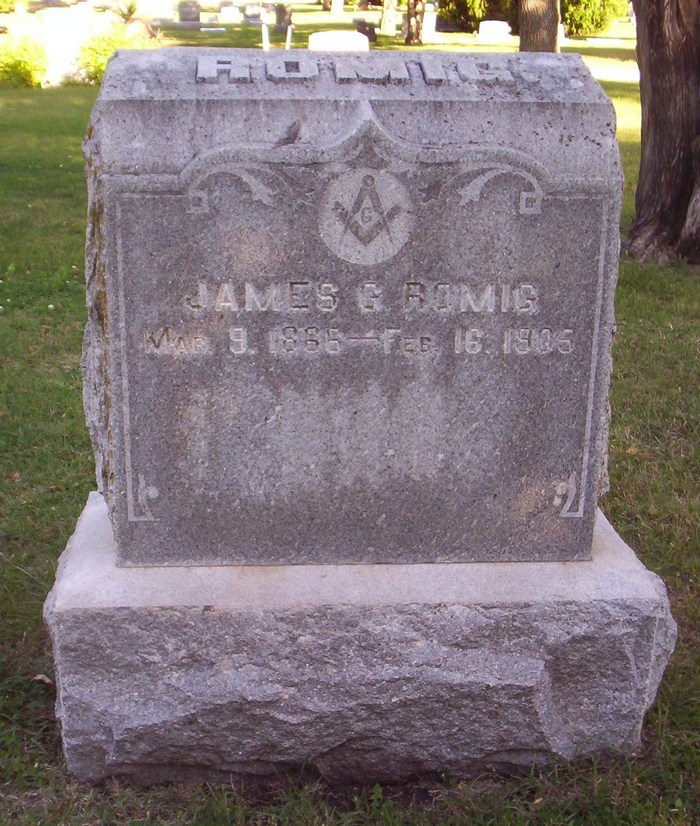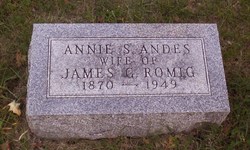Recently, we posted a photograph on facebook of a Newton Peter Pan Ice Cream Store. The questions and memories that resulted encouraged us to look into this Harvey County business. One goal was to see where these stores were actually located and how many were there?
 |
| Peter Pan located at 1326 N.Main (corner of 13th & Main), Newton ca. 1969-1977 |
Our photo technician, Linda Koppes, searched our photo archives for any photo related to Peter Pan Ice Cream and then she scoured the City Directories for locations and dates. I did a bit of background research into the business and discovered that a popular business today has a direct connection to the Peter Pan Stores of the 1960s and 70s.
 |
| 100 Block North Main, Newton, August 1968 |
The Hotel Meridian (two story brick building in the photo) was located at 123 N. Main and housed a Peter Pan Ice Cream Store on the street level from approximately 1956 to 1966. Other businesses from south to north included the Gail Ward Used Car lot (117); Russell's Furniture (121); Peter Pan Ice Cream Store (123); Meridian Hotel (123 1/2); Miller's Sinclair Service Station (127). Signs for the Meridian Hotel and Coca Cola are visible on the north wall of the building. These buildings were town down in approximately 1970.
From 1973 to 1979 a Peter Pan Ice Cream Store was located at 127 N. Main. In 1980, it became the Pancake Hut and then in 1984 the Dairy Queen. The Dairy Queen was torn down this August.
In addition, there was a store located in the Pop Shoppe at 104 W. 1st.
 |
| 104 W. 1st Peter Pan Ice Cream Store ca. 1967-1971 |
Peter Pan Ice Cream Stores were a Kansas creation. In 1933, Henry H. Braum started a small butter processing plant in a converted house in Emporia,KS. Gradually, this business grew. In 1952, Bill, a son, developed a chain of retail ice cream stores in Kansas named Peter Pan.
In 1967, the 61 Peter Pan Ice Cream Stores were sold to a large wholesaler. The sale did not include the Braum Dairy or processing plant. As a condition of the sale, the Braums were not allowed to sell ice cream in Kansas for 10 years. Bill moved the business to Oklahoma City, OK and in 1968 opened the first Braum's Ice Cream & Dairy Store. Today the Braum family owns and operates nearly 300 stores located in Oklahoma, Kansas, Texas, Missouri and Arkansas including one here in Newton.
Where did the name Peter Pan come from?
Braum got the name 'Peter Pan' after the Emporia Park.
In 1967, the 61 Peter Pan Ice Cream Stores were sold to a large wholesaler. The sale did not include the Braum Dairy or processing plant. As a condition of the sale, the Braums were not allowed to sell ice cream in Kansas for 10 years. Bill moved the business to Oklahoma City, OK and in 1968 opened the first Braum's Ice Cream & Dairy Store. Today the Braum family owns and operates nearly 300 stores located in Oklahoma, Kansas, Texas, Missouri and Arkansas including one here in Newton.
Where did the name Peter Pan come from?
Braum got the name 'Peter Pan' after the Emporia Park.
How the park got it's name is also interesting. Mary White, the young daughter of Emporia's William Allen White died of injuries sustained while horse-back riding. White writes an editorial about her life and funeral. In the article, White refers to his daughter as a "Peter Pan", a girl who did not want to grow up. The article was widely published. Contributions were given to the White family in Mary's honor. The Whites decide to use the money to build a park in Emporia. The Park was named the Peter Pan Park after the young, energetic Mary White.
You can read the story of Mary White in a book written by museum volunteer and former board member, Bev Buller. The book is available in the museum gift shop.






























